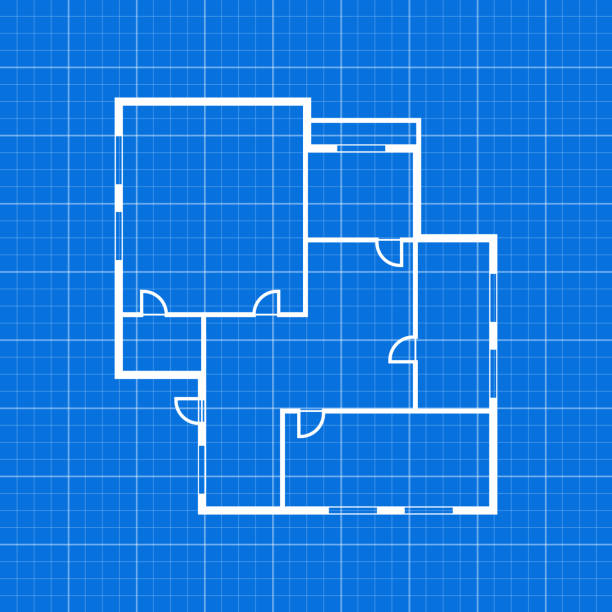In escape room design, creativity is often the main currency — the thing we’re all chasing. We want our players to be surprised, engaged, maybe even a little disturbed (in the best way). But too often, our own creative instincts get fenced in before we even begin. Why? Because we picked a theme.
Designing a heist room? You’re now in a bank vault. Expect lasers, money bags, and keypads. Building a prison break? Hope you enjoy padlocks and metal bars. The second we land on a traditional genre, we unknowingly accept a set of design limitations — a box that shrinks our freedom before we’ve even started to play.
So how do we break that box? How do we design experiences that invite creativity instead of suppressing it?
I want to talk about designing for creative freedom.
The Trap of Genre-Locked Design
Certain themes come with heavy baggage. They carry expectations not just for story, but for puzzles, aesthetics, tone, even the kinds of props you’re “allowed” to use.
A haunted asylum might discourage you from including bright colours or whimsical logic. A military bunker room probably won’t feature a poetic riddle or a surreal audio puzzle. Before you’ve written a single line of narrative, your hands are already half-tied.
There’s nothing wrong with classic themes — they’re popular for good reason. But if you’re not careful, they become cages. The world you build starts dictating what kind of fun you’re allowed to have inside it.
How to Design for Freedom – Some Principles
- Theme-Flexible Concepts:
Most experience or escape rooms designers will start with a theme or genre but not a broader general or abstract concept. Memory, Sabotage, Control or Redemption are concepts that can be built into. They create space for you to invent and bend logic to surprise your players. They’re flexible enough to hold wildly different ideas under one roof. - Hybrid or Surreal Worlds:
Consider creating worlds that mix genres or break the rules of reality. A liminal hotel where each room is a different reality. A mindscape where personal memories distort space and time. These settings give you permission to get weird — to shift tone, mood, and mechanisms as and when. - Puzzle First, Story Later (Sometimes):
I will probably get crucified for this suggestion but hear me out! Sometimes, and I really do mean sometimes, an interesting and creative puzzle coming first can be a great ‘reversal of engineering’ that can lend itself to more fun and original ideas. I liken this to starting a puzzle with one piece and adding the rest around it, rather than having a puzzle and finding the space for that one piece. - Let Players Shape the Narrative:
Designing games where the story is influenced by the player — their choices, their pace, their path — allows you to break linear storytelling. A branching structure or reactive host means you can include more diverse mechanics and moods, without needing everything to match a rigid storyline.
When to Embrace Constraints – and When to Break Them
Constraints aren’t always the enemy. In fact, limitations can force us to think more creatively. Physical space, player count, budget — all of these are valid and often necessary design filters. I’ve used these very same constraints in my escape rooms.
The trick is to choose your constraints consciously, not inherit them automatically through tired themes.
Ask yourself:
- Is this theme helping me focus, or is it closing off ideas too early?
- Can I subvert the genre I’ve chosen in unexpected ways?
- What assumptions am I making without realizing it?
Sometimes, the best thing you can do is throw out the map and start drawing your own.
Some Tips When Expanding Your Creative Horizons
- Mechanic-First Design Prompts: Start with a cool input or player action, then build around it. (e.g., “What if a puzzle involved holding your breath?”)
- Borrow from Other Mediums: Pull inspiration from theatre, film, dance, poetry, dreams. Anything that doesn’t start with logic.
- Design Something Illogical On Purpose: Give yourself permission to design a nonsensical or symbolic puzzle, then see what emerges.
- Use Creative Constraints, Not Literal Ones: Instead of limiting what props or tech you can use, try limiting mood or emotional tone instead.
In The End, Design Like No One Is Watching
The most memorable escape rooms and immersive games are often the ones that feel like they came out of nowhere. They don’t remind you of the last three rooms you played. They feel like someone let their imagination run wild, then figured out how to make it work.
Designing for creative freedom is about making space for risk, for play, for strange ideas that don’t fit into categories. Not every game needs to defy genre — but if you’re craving something different, give yourself permission to design outside the box. Or better yet, redesign the box entirely.
Your weirdest idea might just be your best one.

Leave a Reply